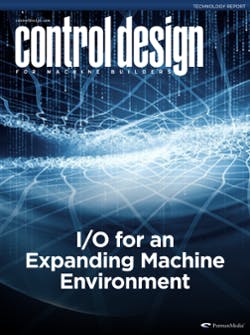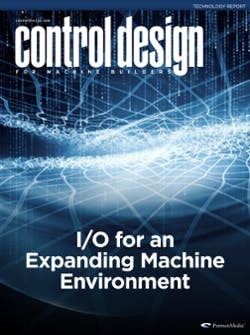Trends in I/O in for an expanding machine environment
Many industrial applications these days require a deterministic network. The applications can have one or more controllers talking with upward of 100 axes of motion and hundreds of I/O points. Often, the tension and torque to move materials have to adjust quickly. I/O control, motion commands and HMI updates all need to be in sync for the machine to run at an optimal level.
The key components of a machine’s automation system are the input/output (I/O) devices. Input might be sensor data, and output could be actuator commands, but the scheme de-pends primarily on the analog or digital I/O.
Innovations have made devices more intelligent, not to mention smaller and faster. Previ-ously, I/O systems were centralized and mounted on a DIN rail in an enclosure. In enclosed I/O modules, machine builders terminate wires with spring clamps, cage clamps, screw clamps or connectors. Enclosureless I/O systems provide new types of flexibility that cabi-nets can’t offer.
New options for I/O continue to arise. As machines become more modular and adaptable, distributed I/O has become more attractive, as well as easier to install and commission.
In this special report, we explore trends in the arena of I/O. This special report includes articles on emerging trends, basic primers and case histories illustrating the latest technology in action. Click here to read the special report.


